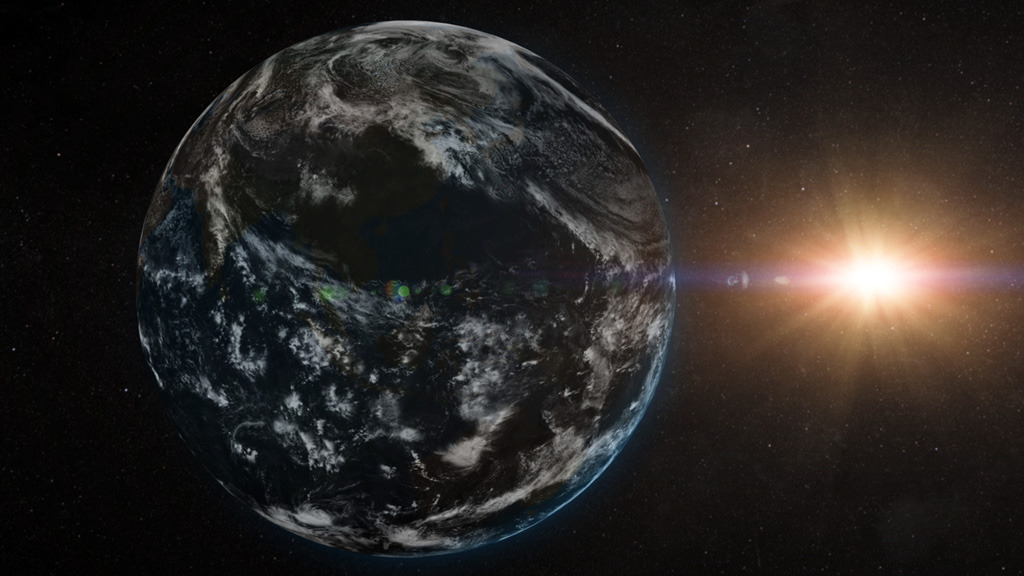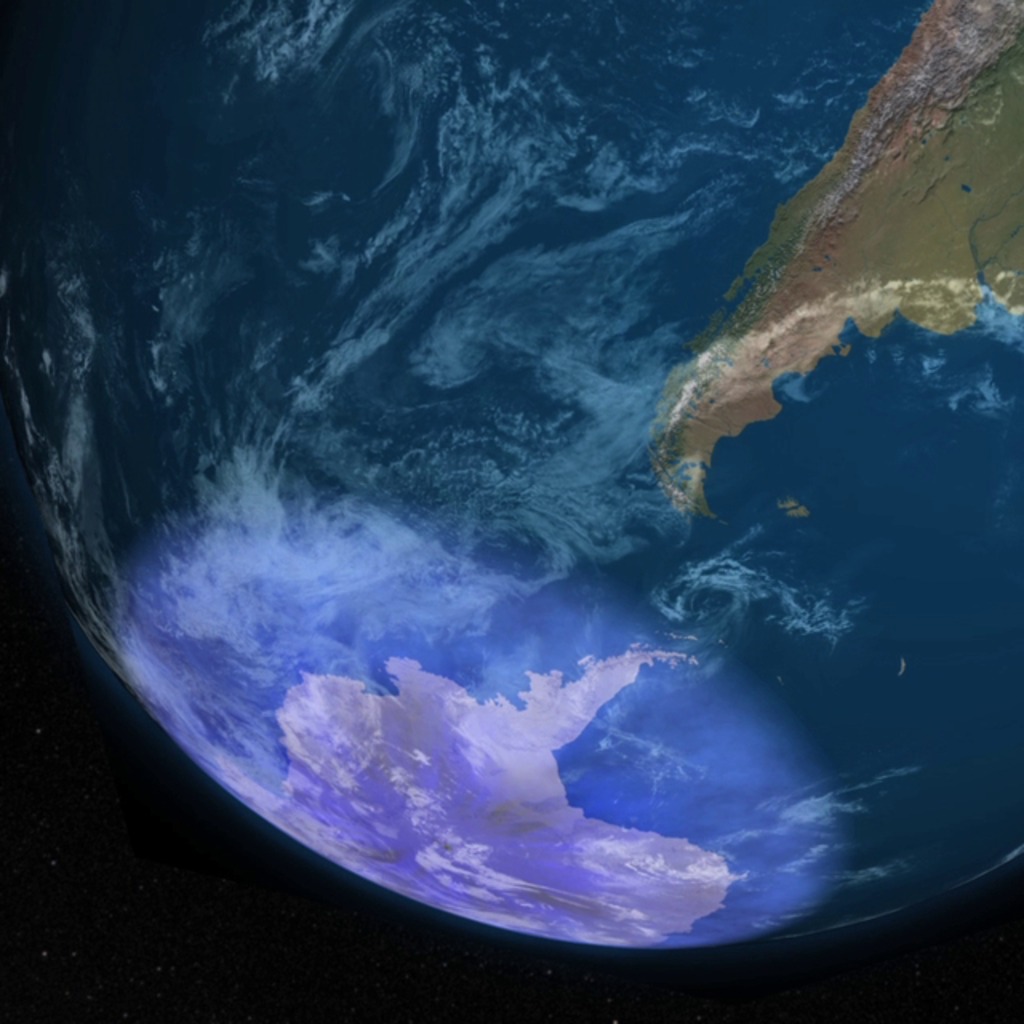Big Ozone Holes Headed For Extinction By 2040
The next three decades will see an end of the era of big ozone holes. In a new study, scientists from NASA Goddard Space Flight Center say that the ozone hole will be consistently smaller than 8 million square miles by the year 2040.
Ozone-depleting chemicals in the atmosphere cause an ozone hole to form over Antarctica during the winter months in the Southern Hemisphere. Since the Montreal Protocol agreement in 1987, emissions have been regulated and chemical levels have been declining. However, the ozone hole has still remained bigger than 8 million square miles since the early 1990s, with exact sizes varying from year to year.
The size of the ozone hole varies due to both temperature and levels of ozone-depleting chemicals in the atmosphere. In order to get a more accurate picture of the future size of the ozone hole, scientists used NASA’s AURA satellite to determine how much the levels of these chemicals in the atmosphere varied each year. With this new knowledge, scientists can confidently say that the ozone hole will be consistently smaller than 8 million square miles by the year 2040. Scientists will continue to use satellites to monitor the recovery of the ozone hole and they hope to see its full recovery before the end of the century.
Research: Inorganic chlorine variability in the Antarctic vortex and implications for ozone recovery.
Journal: Geophysical Research: Atmospheres, December 18, 2014.
Link to paper: http://onlinelibrary.wiley.com/doi/10.1002/2014JD022295/abstract.
Here is the YouTube video.
This is a video about a new NASA study that suggests by the year 2040, ozone holes will be consistently smaller than 8 million square miles. This video features NASA scientist Susan Strahan.
For complete transcript, click here.
This is a short excerpt from a video about a new NASA study that suggests ozone holes will be consistently smaller than 8 million square miles by the year 2040. This excerpt features NASA scientist Dr. Susan Strahan.
This is a conceptual animation showing ozone-depleting chemicals moving from the equator to the poles. The chemicals become trapped by the winds of the polar vortex, a ring of fast-moving air that circles the South Pole.

A GIF optimized for posting on Twitter.

A GIF optimized for posting on Twitter.

A GIF optimized for posting on Twitter.

A GIF optimized for posting on Twitter.

A GIF optimized for posting on Twitter.
For More Information
Credits
Please give credit for this item to:
NASA's Goddard Space Flight Center
-
Scientist
- Susan Strahan (USRA)
-
Producers
- Joy Ng (USRA)
- Kayvon Sharghi (USRA)
-
Animators
- Walt Feimer (HTSI)
- Vuk Nikolic (Freelance)
- Brian Monroe (USRA)
Release date
This page was originally published on Wednesday, May 6, 2015.
This page was last updated on Wednesday, May 3, 2023 at 1:49 PM EDT.
Missions
This page is related to the following missions:Series
This page can be found in the following series:Tapes
The media on this page originally appeared on the following tapes:-
Ozone Hole Shrinks For Good
(ID: 2015038)
Thursday, April 23, 2015 at 4:00AM
Produced by - Liam Krauss (Hughes STX)


